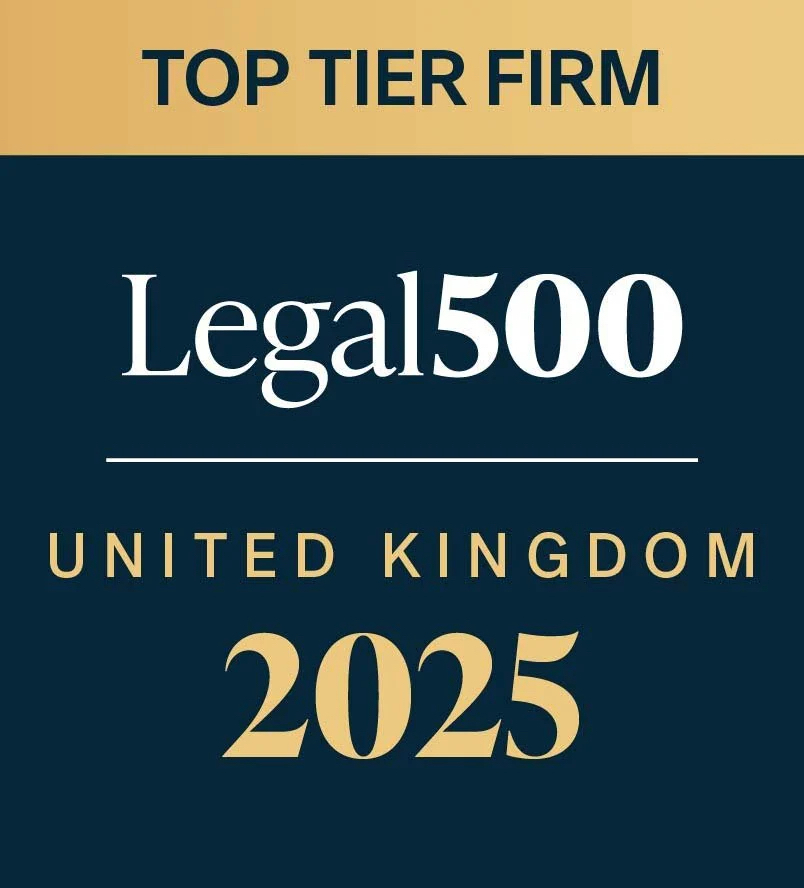New Guidance on AI Patents from the UK IPO

In September of this year, the UK Intellectual Property Office (IPO) released long-awaited guidance on the examination of artificial intelligence (AI) patent applications, following assurance from the UK government to do so.
Unsurprisingly, the new guidelines do not change the threshold of patentability of AI inventions at the UK IPO, but instead provide helpful guidance as to where the threshold lies and some scenarios to assist applicants.
What is an AI invention?
The government defines AI as “technologies with the ability to perform tasks that would otherwise require human intelligence, such as visual perception, speech recognition and language translation”. From manufacturing processes to drug discovery and design, financial services to life sciences, AI is shaping the future of humanity across a vast number of industries and is only set to keep growing.
The New Guidelines
Within the guidelines the UK IPO helpfully introduces two distinct categories of invention. These are known as “Core AI” and “Applied AI” inventions. According to the guidelines, a Core AI invention “does not specify any application or use-case for its AI features, and instead defines an advance in the field of AI itself.” This type of invention will usually develop or improve things such as AI models, algorithms or methods.
An Applied AI invention however, “applies AI technique to a field other than the field of AI”. These inventions are used to either perform specific processes, solve specific problems to computers or make computers work better, and are typically more likely to be patentable than Core AI inventions.
Under UK patent law, the technical contribution made by the AI invention is of vital importance for patentability. Indeed, the law specifically excludes those inventions relating solely to mathematical methods and/or computer programs “as such”. In order to assist applicants in understanding how this applies to their inventions, the UK IPO use five signposts that might determine if an AI or computer program related invention is allowable. These are:
- Whether the claimed technical effect has a technical effect on a process which is carried on outside the computer;
- Whether the claimed technical effect operates at the level of architecture of the computer, that is to say whether the effect is produced irrespective of the data being process or the applications being run;
- Whether the claimed technical effect results in the computer being made to operate in a new way;
- Whether the program makes the computer a better computer in the sense of running more efficiently and effectively as a computer; and
- Whether the perceived problem is overcome by the claimed invention as opposed to merely being circumvented.
Accompanying the guidelines is also a number of different scenarios illustrating the IPO’s approach in determining whether or not such AI inventions are patentable.
Conclusion
With AI inventions on the rise, the UK IPO’s new guidelines have been welcomed by many. They provide clear and understandable guidance on what is a complicated and technical space, and will no doubt assist applicants in getting the most suitable protection for their inventions.
If you would like any further information or advice, please contact Ruth O’Gara from the Commercial team at Carson McDowell.
*This information is for guidance purposes only and does not constitute, nor should be regarded, as a substitute for taking legal advice that is tailored to your circumstances.
About the author






